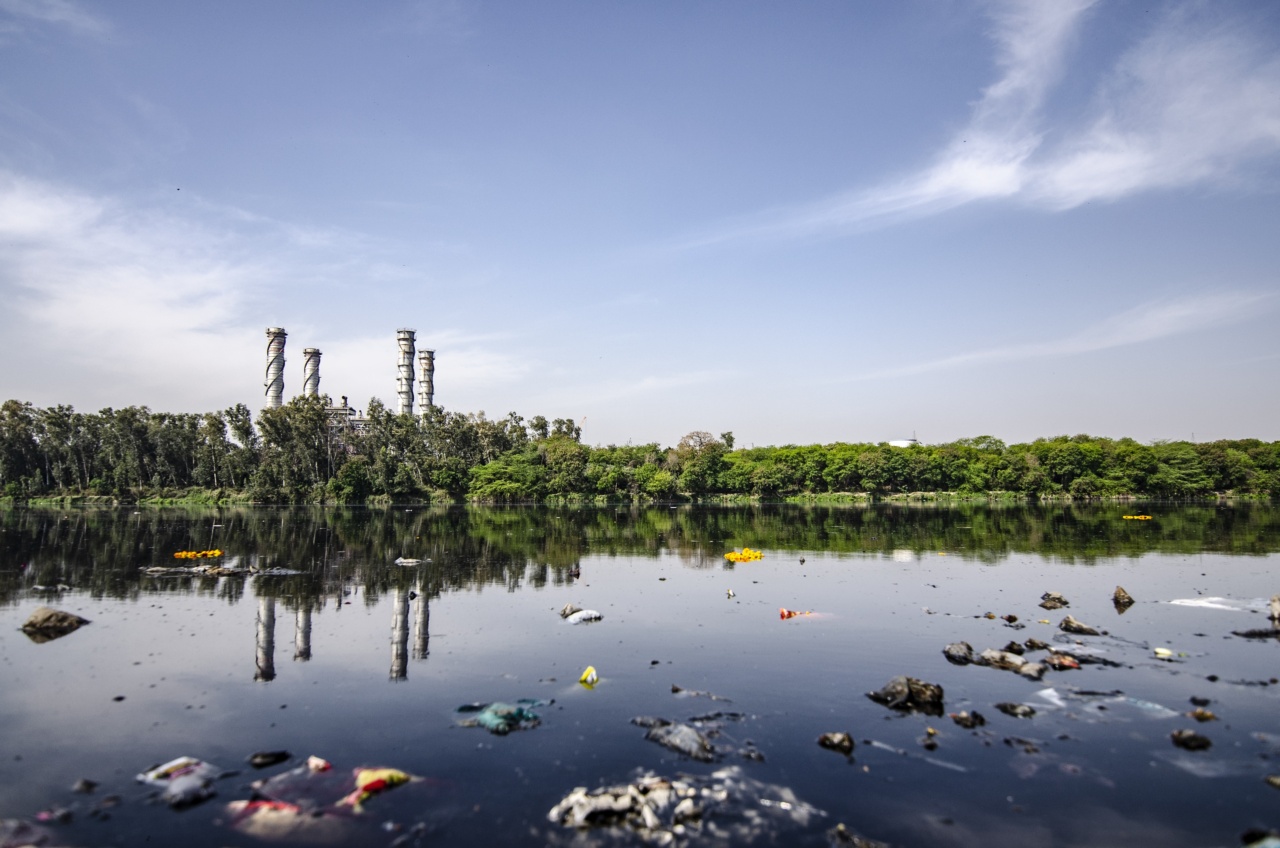As air pollution continues to be a growing concern worldwide, communities are seeking innovative ways to combat this environmental issue. One effective and natural solution is planting trees around playgrounds.
Not only do trees provide shade and aesthetic value, but they also act as a defense against air pollution. This article explores the benefits of planting trees around playgrounds and how they provide a natural defense against air pollution.
The Impact of Air Pollution on Children
Air pollution has numerous adverse effects on human health, especially in children who are more vulnerable to its detrimental impact. Exposure to air pollutants can lead to respiratory problems, allergies, asthma, and other chronic conditions.
Children spend a significant amount of time playing outdoors, particularly in playgrounds. Therefore, it becomes crucial to create a healthy environment for them by reducing air pollution.
The Role of Trees in Combating Air Pollution
Trees play a vital role in combating air pollution as they act as natural air filters. Through a process known as photosynthesis, trees absorb carbon dioxide (CO2) and release oxygen (O2) into the atmosphere.
Additionally, trees can trap and reduce various air pollutants such as nitrogen dioxide (NO2), sulfur dioxide (SO2), and particulate matter. These pollutants are commonly emitted by vehicles, industries, and other sources.
Reducing Particulate Matter with Trees
Particulate matter (PM) is one of the major components of air pollution and poses a significant risk to human health. PM consists of tiny particles that can easily enter the respiratory system and cause respiratory ailments.
Planting trees around playgrounds can help reduce the levels of PM by trapping it within their leaves, branches, and bark. The intricate structure of trees helps to capture and retain these particles, preventing them from entering the lungs of children.
Decreasing Nitrogen Dioxide Levels
Nitrogen dioxide (NO2) is primarily emitted by vehicles and industrial activities. Prolonged exposure to NO2 can lead to respiratory problems, especially in children.
Trees have the ability to absorb NO2 through tiny openings on their leaves called stomata. By planting trees around playgrounds, the levels of NO2 can be significantly reduced, creating a healthier environment for children to play in.
Filtering Sulfur Dioxide Emissions
Sulfur dioxide (SO2) is a harmful gas often emitted by burning fossil fuels, particularly coal. Exposure to high levels of SO2 can cause respiratory issues, especially in individuals with existing respiratory conditions.
Trees can effectively filter SO2 from the air, minimizing its impact on the surrounding environment. By planting trees around playgrounds, the concentration of SO2 can be reduced, thus reducing the risk of respiratory ailments in children.
Creating a Natural Barrier
Planting trees around playgrounds creates a natural barrier between children and sources of air pollution. In urban areas, playgrounds are often located near busy roads or industrial zones, where air pollution levels are typically high.
Trees act as a physical barrier, shielding children from direct exposure to air pollutants. The leaves and branches of trees help to block and absorb pollutants before they reach the playground, creating a cleaner and safer play environment.
Providing Shade and Cooling Effect
In addition to their air-purifying properties, trees offer shade and a cooling effect. Playgrounds can become unbearably hot during the summer months, making it uncomfortable and potentially unsafe for children to play outdoors.
Trees provide natural shade, protecting children from extreme heat and reducing the risk of heat-related illnesses. The cooling effect of trees can also extend beyond the playground, helping to lower ambient temperatures in the surrounding area.
Enhancing Aesthetics and Overall Well-being
Planting trees around playgrounds improves the aesthetics of the area, making it more visually appealing and inviting for children.
The presence of trees can create a calming and soothing environment, significantly benefiting the overall well-being of children. Studies have shown that exposure to nature and green spaces positively impacts mental health and cognitive development in children.
By incorporating trees into playground design, we can enhance the overall experience and promote the healthy growth of children.
Choosing the Right Tree Species
When planting trees around playgrounds, it is essential to choose the appropriate tree species. Not all tree species are equally effective at combating air pollution or suitable for playground environments.
Factors such as the tree’s ability to withstand pollutants, leaf structure, and growth rate should be considered. Native tree species are often a good choice as they are adapted to the local climate and can better tolerate pollutants in the area.
Community Involvement and Maintenance
Planting trees around playgrounds requires community involvement and proper maintenance. It is crucial to engage local communities, including residents, schools, and environmental organizations, in the tree-planting process.
Community participation not only creates a sense of ownership but also promotes environmental awareness and education. Regular maintenance such as watering, pruning, and monitoring tree health is necessary to ensure their long-term survival and effectiveness in combating air pollution.
Conclusion
Planting trees around playgrounds is a natural and effective way to combat air pollution, providing numerous benefits for children’s health and well-being.
Trees act as natural air filters, reducing the levels of harmful pollutants such as particulate matter, nitrogen dioxide, and sulfur dioxide. They also create a natural barrier, offer shade, and enhance the overall aesthetics of playgrounds. By involving the community and adopting proper maintenance practices, we can create a healthier and cleaner environment for children to play and thrive.

























